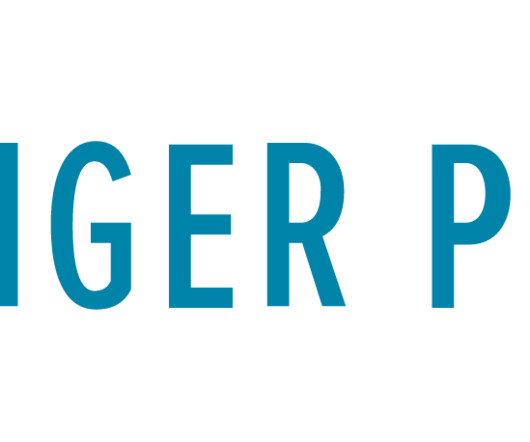Nurse Practitioners Are Rising: Why NPs Are the Future of Healthcare
Daily Nurse
JULY 22, 2025
Now more than ever, the role of the nurse practitioner is hitting new heights in terms of career opportunities, NP autonomy, and patients’ ability to access expert care provided by dedicated advanced practice registered nurses (APRNs) throughout the U.S.












Let's personalize your content